Japanese Mushrooms: A Quick Guide to Varieties, Flavors and Uses
Posted by Yuri Nonaka on 21st Dec 2023
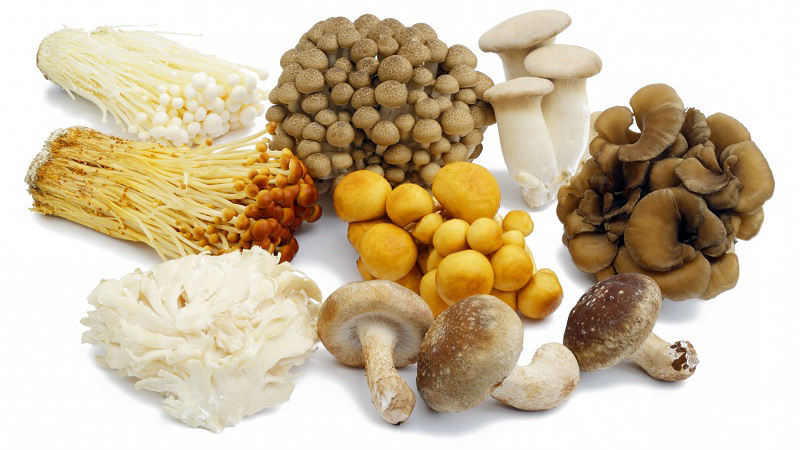
Enoki, shiitake, shimeji, matsutake - these names might sound exotic to some, but in Japan, they are household words, each representing a unique and cherished type of mushroom. In Japan, mushrooms aren't just a food item but a cultural treasure deeply embedded in the nation's culinary heritage.
The Japanese term for mushroom, ' kinoko,' encompasses various fungi, each with its own distinct flavor, texture, and culinary use. However, the word kinoko is too broad and rarely used. In Japan, even children know most mushrooms by type.
From the delicate, slender enoki, known for its mild flavor and crunchy texture, to the prized matsutake, celebrated for its aromatic and earthy notes, each mushroom type tells a story of Japanese cuisine. These fungi are not just ingredients but an integral part of Japan's food culture, reflecting the country's deep connection with nature and seasonal eating.
Join us as we delve deeper into Japanese mushrooms, exploring these fascinating fungi's unique characteristics and culinary applications. Whether you're a seasoned chef or a curious food enthusiast, understanding these mushrooms will open up a new dimension of flavor and tradition in your kitchen.
Enoki
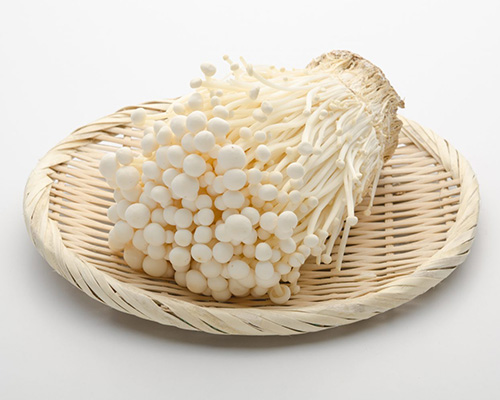
Enoki mushrooms have small, firm caps and long, slender stems. They are slightly crunchy with a mild, delicate flavor.
Because of their shape and texture, many dieters use them as a substitute for pasta.
Enoki mushrooms are eaten almost always cooked. They go well with all meats and seafood and are excellent in stir-fries, stews, and soups.
Shiitake
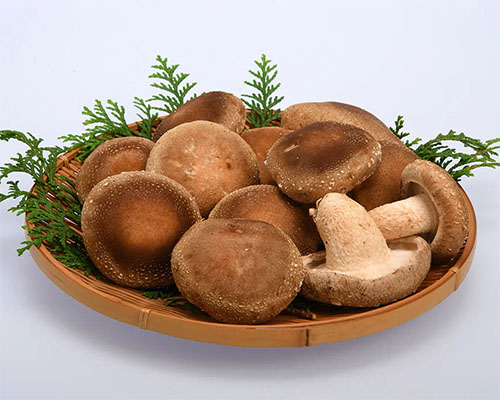
Shiitake mushrooms are perhaps the most popular type of mushroom in Japan.
They are soft and have a meaty, chewy texture when cooked.
The rich flavor of shiitake mushrooms is earthy with pine and smoky overtones. Very common in stir-fried dishes.
Shimeji
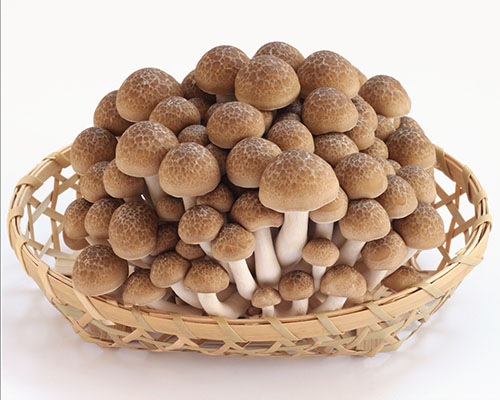
Shimeji mushrooms are firm with a slightly crunchy texture and mildly nutty flavor.
They are almost always eaten cooked. Good in stir-fries, soups, stews and any seafood.
Matsutake
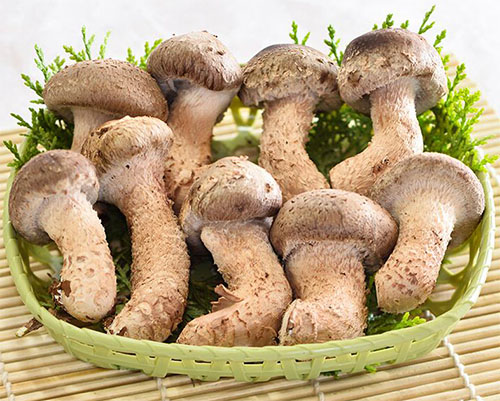
Matsutake mushrooms are among the rarest on most expensive type os mushrooms anywhere.
Highest quality Matsutakes can cost several hundred (if not a thousand!) dollars per kilogram.
They have an intense aroma with clean, pine, and cinnamon-like flavor.
Maitake
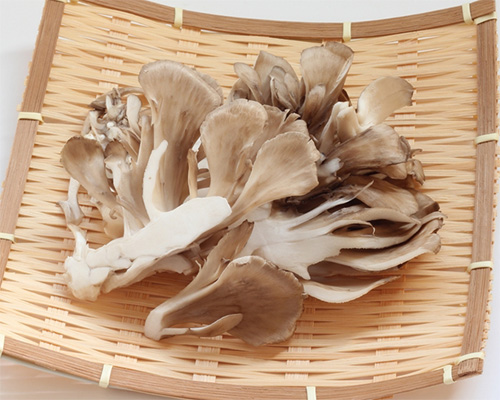
Maitake mushrooms have a tender, semi-firm body.
Their luscious flavor ranges from fruity to earthy and slightly spicy.
Maitakes are easy-going as they absorb companion ingredients' flavors when cooked.
Nameko
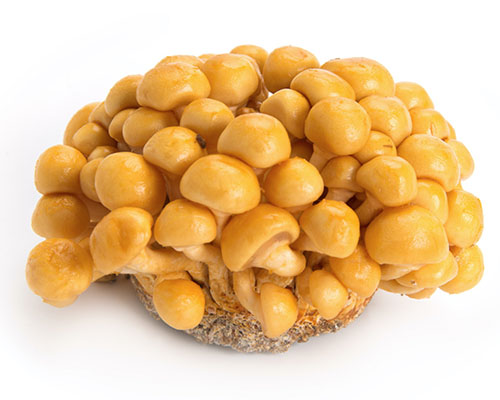
Nameko mushrooms come in small clusters with orangey, shiny caps.
They are chewy and have a slightly gelatin-like texture.
Namekos have a mild, earthy flavor with nutty overtones. They go well with miso soup as a natural thickener.
Eringi
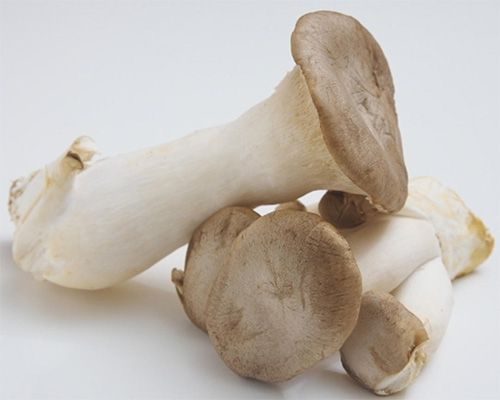
Eringi mushrooms are full-bodied, with a chewy, meaty texture and a slight hint of sweetness.
It is almost always eaten cooked. Some resemble eringi's taste and texture to that of abalone.
Saru-no-Koshikake
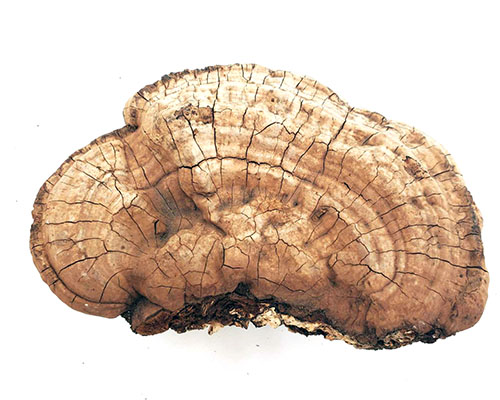
Saru-no-Koshikake is a hard, woody mushroom. Japanese dry and dice it to make an herbal tea known for its antibacterial, immunity boosting, and anti-tumor benefits.
The tea has a smooth, slightly sweet, and very mushroomy flavor.
This post was first published on August 17, 2015. It was updated on December 21, 2023.

